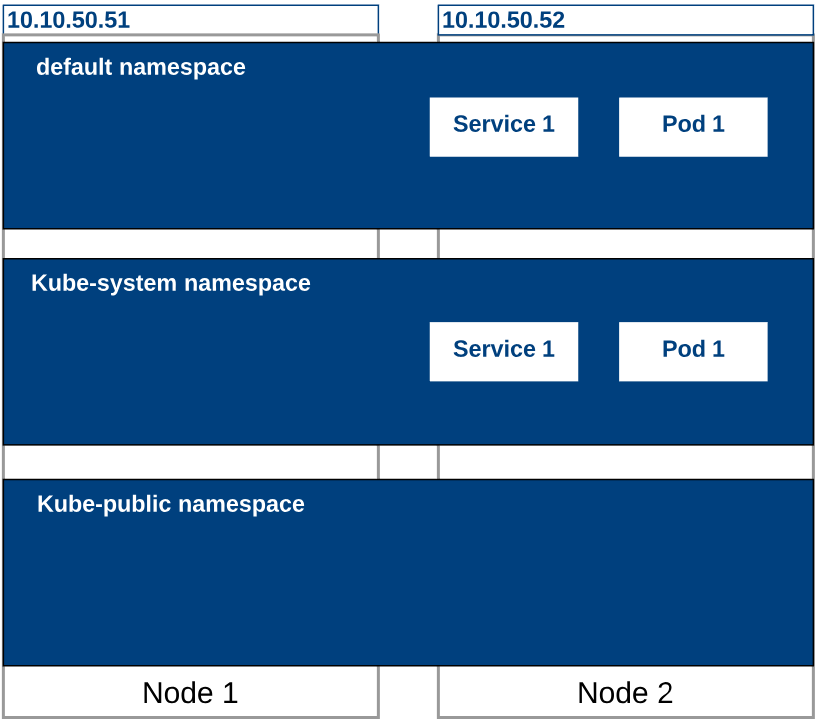
Kubernetes scheduler that has been added to Spark. Spark can run on clusters managed by Kubernetes. Using Apache YuniKorn as Customized Scheduler for Spark on Kubernetes.Using Volcano as Customized Scheduler for Spark on Kubernetes.Customized Kubernetes Schedulers for Spark on Kubernetes.Resource Allocation and Configuration Overview.Client Mode Executor Pod Garbage Collection.Hence we can safely conclude that Kubernetes annotations serve the purpose of providing non-identifying metadata which can be used to get more elaborate context for an object. For further understanding, you can refer to Helm tricks & tip docs. They are used in helm deployments for providing rolling updates when ConfigMaps or Secrets change. If there are multiple Ingress Controllers installed on your K8s cluster, then we choose the right one by putting our preference in ingress objects. So, explained further Labels are used to query & identify Kubernetes objects whereas annotations are used to provide non-idetifying extra information.įollowing are some of the use-cases of Annotations in Kubernetes:. The extra information provided in the above example about the institutes(IMS BHU, AIIMS, etc.) from where that doctor has done his courses is annotations. But generally, they don't stop here & also include information like MBBS(IMS, BHU) & MD(General Medicine, AIIMS). phone/pager number(s) of person(s) responsible, or directory entry where that info could be found, such as a team websiteĪ better analogy of annotation in the real-world is when you see some doctor's display board where they mention their educational qualifications like MBBS & MD.lightweight rollout tool metadata (config and/or checkpoints).other user and/or tool/system provenance info, such as URLs of related objects from other ecosystem components.for debugging purposes - name, version, build info) pointers to logging/monitoring/analytics/audit repos.build/release/image information (timestamps, release ids, git branch, PR numbers, image hashes, registry address, etc.).The immediate use case I have in mind is to store the configured desired state of each object, but other use cases include: that is, by other API clients rather than the managed application's containers themselves. The API server would just hold on to the information for retrieval by tools, libraries, etc. I t would be useful to be able to attach arbitrary non-identifying metadata. In a comment of this thread, why we need annotation is clearly explained. One 5-year-old Sept 2014 GitHub issue thread has details of the origin of annotations in K8s. If someone needs to have a deeper understanding of the project, reading threads of project-related GitHub issues is the best way to understand the thought process of a developer mindset. Kubernetes labels allow you to identify, select and operate on Kubernetes objects, whereas Annotations are non-identifying metadata and do none of these things. Kubernetes labels and annotations are both ways of adding metadata to Kubernetes objects. As we all know Kubernetes also have labels which are also used to identify metadata. Annotations in KubernetesĮnough of origin of the concept of annotation now we should see how & why the need for annotations arise in Kubernetes. But the introduction of annotations standardized this requirement.ĭigging deep in search for content of Annotation in Java I find a very interesting piece of an article discussing Annotation vs Comments in Java. Prior to annotations marker interfaces, transient keywords, document comments, etc were used to explain or provide identifiers for the code.

In the words of Java programmers, Annotation is a special kind of Java construct used as metadata to decorate a class, method, field, parameter, variable, constructor, or package.Īnnotations provide a standard way of defining metadata in code. So annotations are metadata for code.But why we need Annotations? Metadata is data which describes other data.

One word to explain annotation is metadata. I won't shy away in saying that Annotations of K8s are kinda borrowed from Java. This query led me to write an elaborative blogpost about concept & origin of Annotations in Kubernetes and in general programming.

In his own words "Annotation is the concept, not able to understand, can you elaborate the concept?" Its seems a very genuine query from first time user. We recently got a query from a course subscriber about "Annotations" and its need in Kubernetes.


 0 kommentar(er)
0 kommentar(er)
